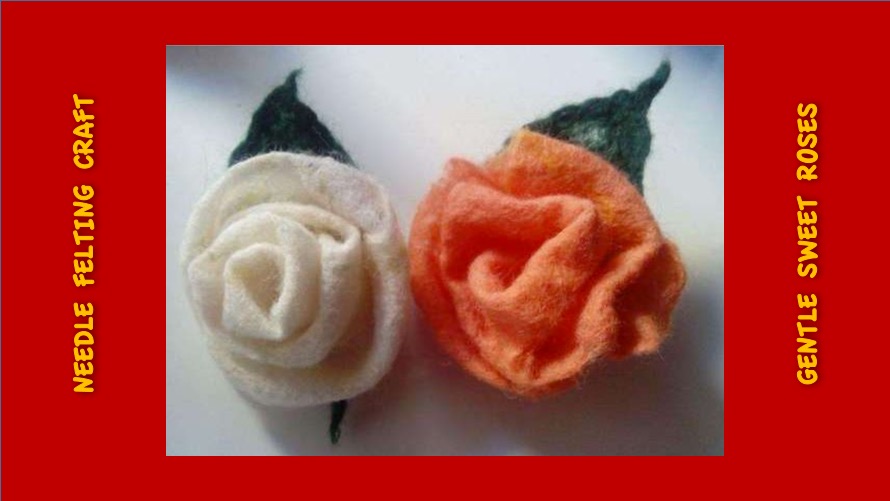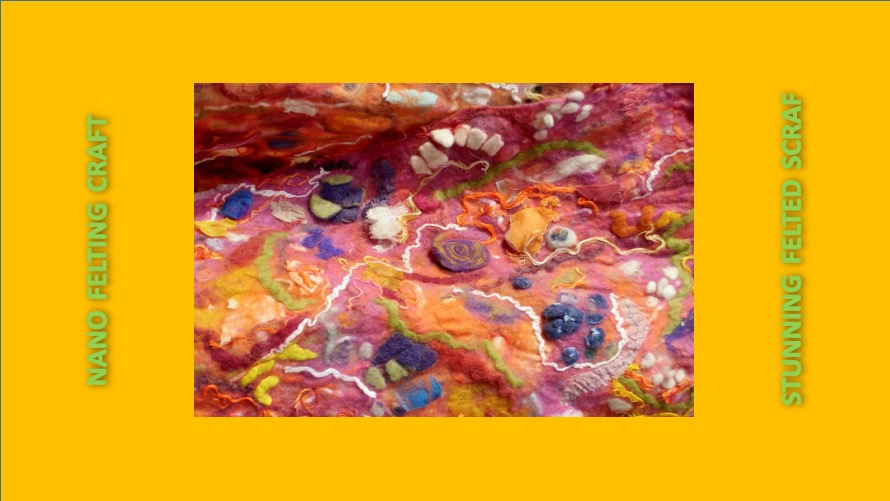Category Category
-
03/13/2020In The Know!
-
03/12/2020Arts & Crafts
-
03/11/2020Cool Facts
-
03/10/2020Holidays and Gifts
-
03/09/2020Pros & Cons
Part 1 - Felting History and Techniques
Part 1 - Felting History and Techniques!
Today’s blog focuses on the process of felting wool. What is felting wool you ask? That’s a great question! To answer, let’s take a little trip back in time to see where this process originated and what it’s all about.
What the Legend Tells?
Legend has it that the process of wool felting may have originated in Sumer, Iraq. Yes, it appears that the area of the Fertile Crescent was fertile for more than just food and farming. As the story goes, when they were fleeing from persecutors, ancient Sumerian men put soft bits of wool in their sandals to help prevent blisters. When the men reached their destination, the heat and friction of walking and the moisture from the men's feet had felted the wool, producing crude socks. I would try this myself, but I’m not sure how far I need to run in order to produce a good pair of socks!
For centuries, people around the world have used wool felt for clothing, footwear, dwellings, rugs, and a variety of other textile needs. Today, it also makes a great craft material.
History of Felting
Okay, I don’t think anyone does wool felting the way the Sumerian men did any more, but now there are three different ways felting can be done; wet felting, needle felting and nuno felting. Let’s take a look at each of these processes.
1. Wet Felting!
Wet felting by hand is defined as “the interlocking and compacting of wool fibers by using warm water, soap and rubbing motions.” This kind of sounds like the ancient foot technique without the wonderful smell of feet. This technique is used to make simple shapes like felt balls, or flat pieces from which you can make other items like toys, coasters, decorations or handbags.

Simple flat jacket of a beautiful colors.
2. Needle felting!
Needle felting is “the process of interlocking wool fibers by stabbing it with a barbed needle.” It’s not as dramatic as it sounds. The barbs catch the scales on the fiber and cause them to tangle and bind together. The craftsperson has a lot of control over the final shape and more detailed designs can be made this way. Needle felting can even produce three-dimensional shapes or two-dimensional art.

Sweet felted three-dimensional roses.
3. Nuno Felting!
Nuno felting is a technique developed by Polly Stirling - a fiber artist from Australia. I know you must be thinking, nuno sounds nothing like Polly Stirling! In this process “the technique bonds loose fibers, usually wool, into a sheer fabric such as silk gauze, creating a lightweight felt.”
Nuno felting is used for fine clothing as well as accessories like scarves. The fabric’s backing means that it won't stretch out of shape. The resulting felted item is lightweight, has a nice drape and is easy to manipulate. This is different from the more traditional felt which is usually bulky. The favorite fabric of nuno artists is silk chiffon. This fabric is very easy to use, dyes easily and has a wonderful drape.

Stunning Nuno felting scarf.

Our website uses cookies to improve your user experience. If you continue browsing, we assume that you consent to our use of cookies. More information can be found in our Privacy Policy.
I agree with it!